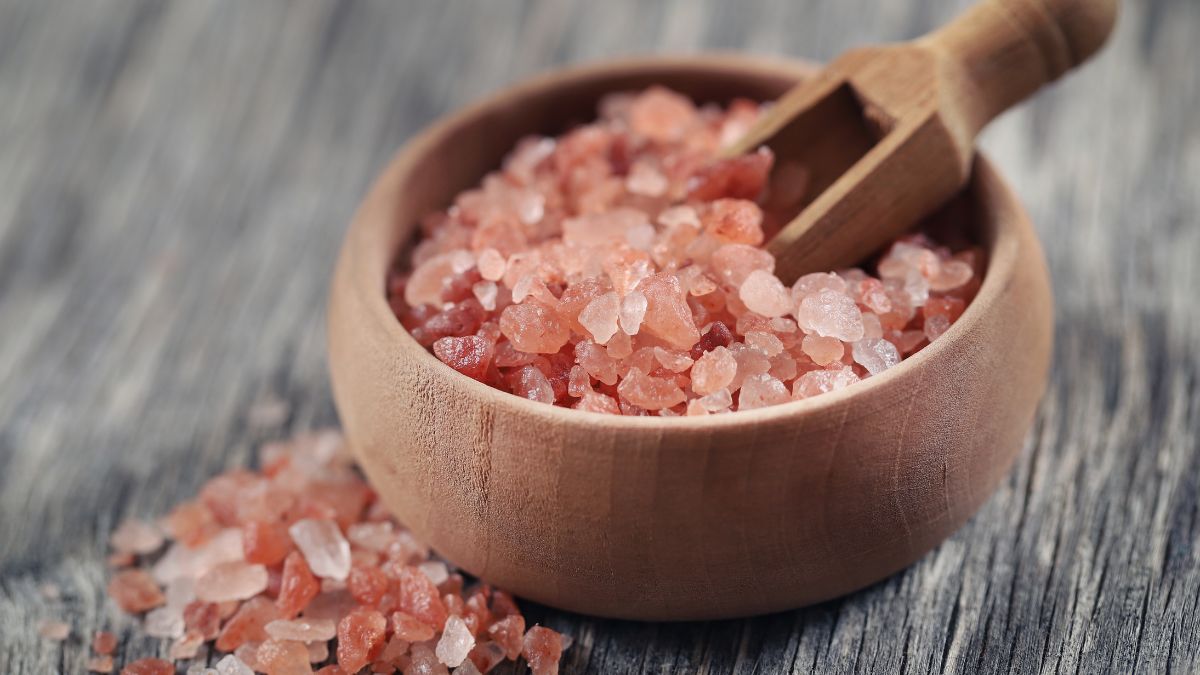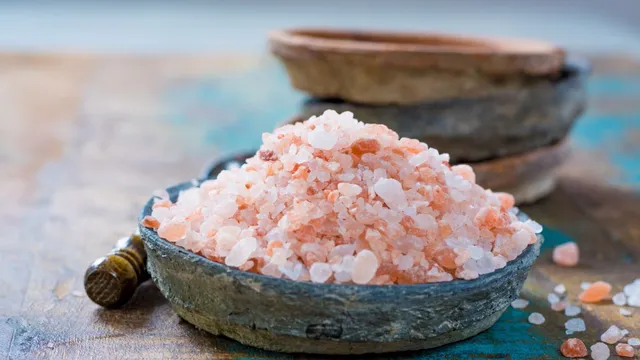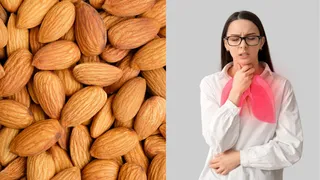- By Bornika Das
- Tue, 25 Nov 2025 06:34 PM (IST)
- Source:JND
Pink rock salt, more commonly referred to as Himalayan pink salt, has enjoyed significant popularity over the last few years due to both its unique colour and health benefits claimed for it. Pink rock salt is usually marketed as a “healthier” and more “natural” type of salt.” This perception was largely reinforced by social media, wellness influencers, and food marketing. Proponents claim this type of salt is rich in valuable minerals such as potassium, magnesium, and calcium that might help level out pH imbalances within the body, maintain good electrolyte balance, and enhance overall health. However, clinically and nutritionally, the majority of the statements about the benefits of pink salt are not even half-true. Since this type of salt is less refined compared to regular table salt, many consider it a purer and healthier alternative for daily consumption.
However, though pink rock salt does contain trace minerals, there is limited scientific evidence to show it provides significant health advantages over regular salt. According to doctors and experts, despite the appealing look and mineral contents, these are usually too minute to have a real nutritional consequence. Thus, knowing the truth matters a lot when India is still riddled with the increasing occurrences of hypertension, heart disease, kidney disorders, and lifestyle-related illnesses. In conversation with The Daily Jagran, Dr. Shobha Itolikar, Consultant – Internal Medicine, Fortis Hospital Mulund, Mumbai debunks several pink rock salt myths.
Nutrient Composition: Perception vs Reality
Pink salt does contain a few trace minerals like magnesium, potassium, and calcium, but these minerals are present in very small amounts. If you want to get a significant nutritional benefit, you will have to eat way beyond the allowed salt portion in case of a health condition. Dr. Shobha Itolikar mentions, “The main elements of both pink salt and white table salt are sodium chloride, so their impact on blood pressure and heart health is almost the same.” A mere change of salt will not result in less sodium intake.
Recommended For You
ALSO READ: Rock Salt vs Table Salt: Which Is A Better Choice For Good Health?
Health Claims And Misconceptions
Many people think that the reason why rock salt is healthier is that it is “unprocessed”. The truth is that all kinds of salt, including table salt and rock salt, are processed. Table salt is made with iodine to avoid iodine deficiency diseases like goiter and developmental delays in children. Dr. Shobha Itolikar states, “Generally, pink salt does not have this vital iodine fortification.” Non-iodised salt eaten regularly, especially in households with low dietary iodine, can gradually become a source of thyroid-related health problems that are easily preventable.

Pink Rock Salt Viral Claims Debunk (Image Credits: Canva)
Sodium Intake Remains The Core Issue
The main problem with salt consumption has nothing to do with the type but with the amount. Very few people keep their sodium intake below the recommended daily limit of 5 grams per day (approximately one teaspoon), mostly through packaged foods, snacks, and restaurant meals. Increasing sodium intake is still a very important factor in the development of hypertension, cardiac strain, and kidney dysfunction.
ALSO READ: 5 Types Of Salts You Can Include In Your Diet| Know Benefits
Dr. Shobha Itolikar says, “It is not possible to say that pink salt is better than regular iodised salt. Almost all the benefits of pink salt that are being promoted are just marketing tricks and there is no scientific evidence to support them.” If people really want to improve their health, then they should limit their salt consumption, use iodised salt to prevent deficiency and follow a healthy diet consisting of whole foods.
The healthcare system is basically about the most simple steps leading to the biggest results - and one of those is still maintaining sodium intake at a reasonable level, if you want to be cardiovascular and metabolically healthy in the long term.





